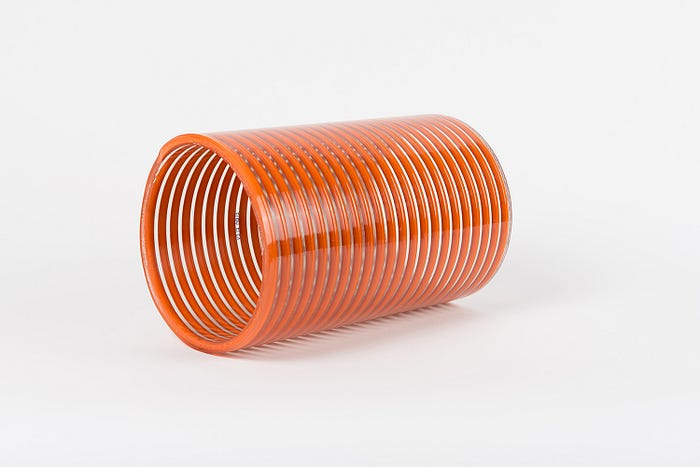Selecting the ideal oil drop hose for your application can be difficult. With various types of hoses available, it’s important to understand your specific needs to choose the right product. This guide will walk you through the key factors to consider when selecting an oil drop hose.
Transporting oil and chemicals safely and efficiently requires using a high-quality hose. The wrong hose can lead to spills, contamination, and decreased flow rates. When choosing an oil drop hose, consider everything in detail. Evaluating your operation’s requirements will ensure you select the optimal hose. It will help in smooth transfers and maximum uptime.
Material Being Transported
The first factor to examine is the type of material that will flow through the hose. Common materials transported with oil drop hoses include:

- Petroleum products like gasoline, diesel, and crude oil
- Chemicals like solvents, acids, and cleaning agents
- Viscous fluids like heavy crude oils and slurries
The material’s viscosity, corrosiveness, and abrasiveness must be assessed to choose a compatible hose. More viscous fluids may require reinforced hoses to prevent kinking and ensure adequate bend radius. Corrosive chemicals necessitate hoses with compatible linings.
For example, a PETROLEUM TANK DROP HOSE is uniquely engineered to ensure the material does not deteriorate or react with oil. The same applies to a CHEMICAL SUCTION HOSE, which has to withstand severe chemicals. Search for substances renowned for their oil and chemical resistance.
Pressure and Temperature Requirements
The operating conditions in terms of pressure and temperature of the hose. To avoid bursts and leaks of the oil drop hose; the maximum pressure of your system should be considered. In high-pressure applications, consider a fiber-reinforced suction hose for greater strength. Temperature is another factor. Make sure the hose is suitable for the temperatures of the fluid and the place where it is used, whether in a hot engine room or cold outdoor setting.

Temperature Resistance
The operating temperatures during transfers need to be assessed. Certain petroleum products and chemicals are handled at temperatures above 180°F.
High temperatures need heat-resistant hoses. These hoses prevent deterioration.
Operations in cold climates require hoses that are flexible even at sub-zero temperatures. Choose oil drop hoses. Ensure that their temperature ratings span your minimum and maximum service temperatures.
Chemical Compatibility
Assess which chemicals will contact the hose’s inner tube and outer cover. Oil drop hoses feature tube materials like:
- Nitrile rubber — good oil resistance
- Chlorosulfonated polyethylene — highly chemical resistant
- Polyvinyl chloride (PVC) — moderate chemical resistance
Match the tube material with the chemical it will carry. The cover also needs compatibility with any outer contact. An oil-resistant cover prevents deterioration.
Other Considerations
Other factors to weigh when selecting an oil drop hose include:
- Multiple reinforcement layers enhance strength and kink resistance while allowing flexibility. Options include wire, textile braids, and helix wires.
- Couplings should have adequate flow capacity while being chemically compatible. Cam and groove, threaded, and flanged options are common.
- Hoses meeting industry standards like EN 13483 provide quality assurance. Food grade and drinking water ratings may apply for certain applications.
- Reputable manufacturers with extensive data and customer support simplify the selection process.
Conclusion
The selection of the right oil drop hose is a delicate balance of several factors, each specific for a particular industry. The right hose can be either a PETROLEUM TANK DROP HOSE in a fuel distribution center or a CHEMICAL SUCTION HOSE in a chemical plant. This guarantees safety, efficiency and reliability. Visit Woosung LSC for a wide selection of high-quality industrial hoses. This expertise and their wide product range will be the solution required for your industry’s special needs.